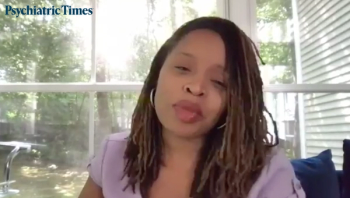
Key Takeaways for Treatment of Bipolar 1 Disorder
Andrew Cutler, MD, shares his key takeaway advice to psychiatrists for the diagnosis and treatment of patients with bipolar 1 disorder.
Episodes in this series

Andrew Cutler, MD: To wrap this up for our audience, please screen every patient with depression patient for bipolar disorder, I can’t emphasize that enough. The sooner you can recognize and diagnose bipolar, the sooner you can institute effective evidence-based treatments. I like to start with FDA-approved treatments, and there is a lot of confusion around which drugs are FDA approved for which phases of the bipolar illness, so I would encourage you to look that up. As we have more of these options, it’s important to think about individualizing your treatment, not only for the mood state or mood episode, or the type of pattern that the patient has with respect to manias versus depressions, but also various comorbidities, and also as we talked about, patient preferences. It’s important to offer all the options and to get comfortable with using them.
I like to say that if I only had a 5 iron in my golf bag, I don’t think I’d be as good a golfer as I am with my full set of clubs. The more different tools, the more clubs you have in your bag, the better outcomes we’re going to have for our patients. I want to thank you all and wish you the best of luck with your clinical work.
Vladimir Maletic, MD, MS: Thank you very much for your comments, Andy. As is usually the case in our conversation, time has just flown by. At this point, we will have to conclude. I thank our audience for watching this Psychiatric Times™ presentation, and we hope that you have found this presentation to be both rich and informative. Thank you very much, Andy, for joining us for this discussion.
Andrew Cutler, MD: Thank you, Vlad. It was a pleasure.
Transcript edited for clarity
Newsletter
Receive trusted psychiatric news, expert analysis, and clinical insights — subscribe today to support your practice and your patients.


















